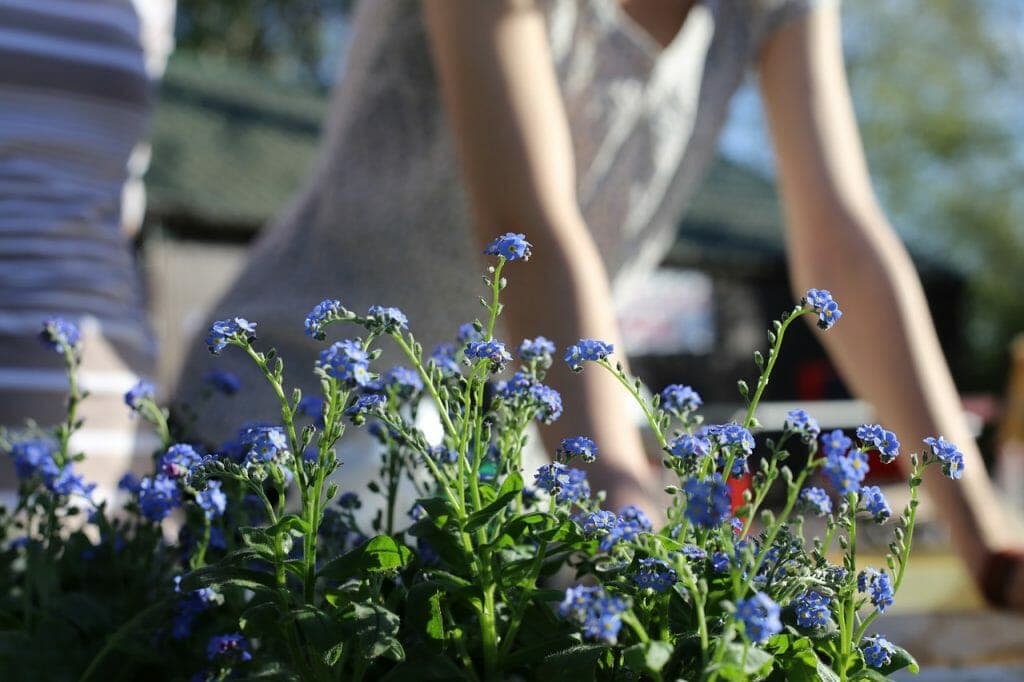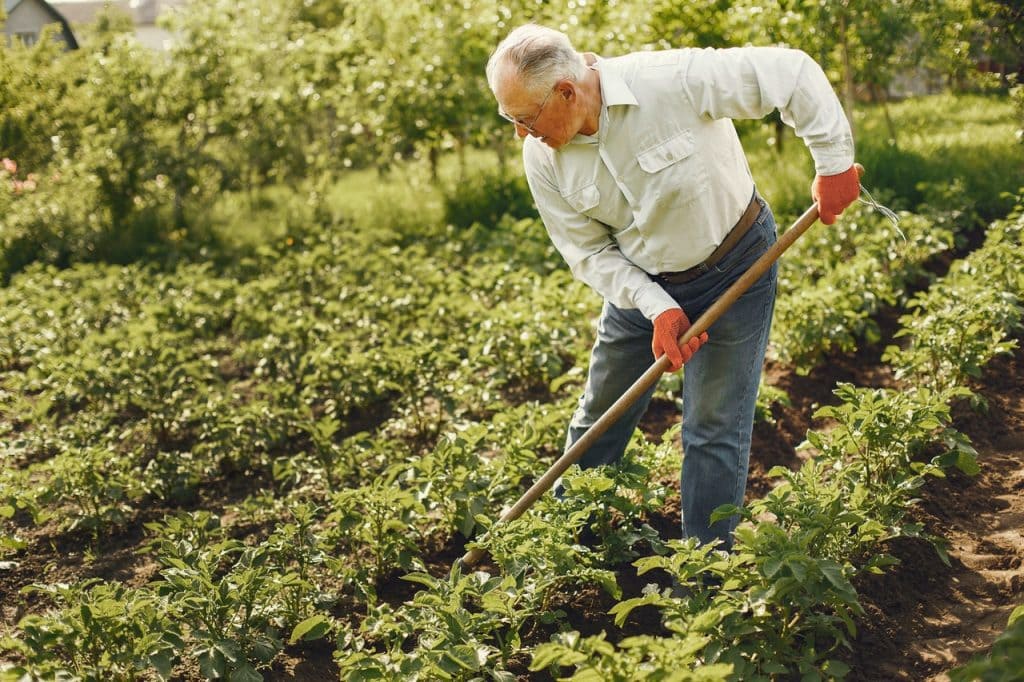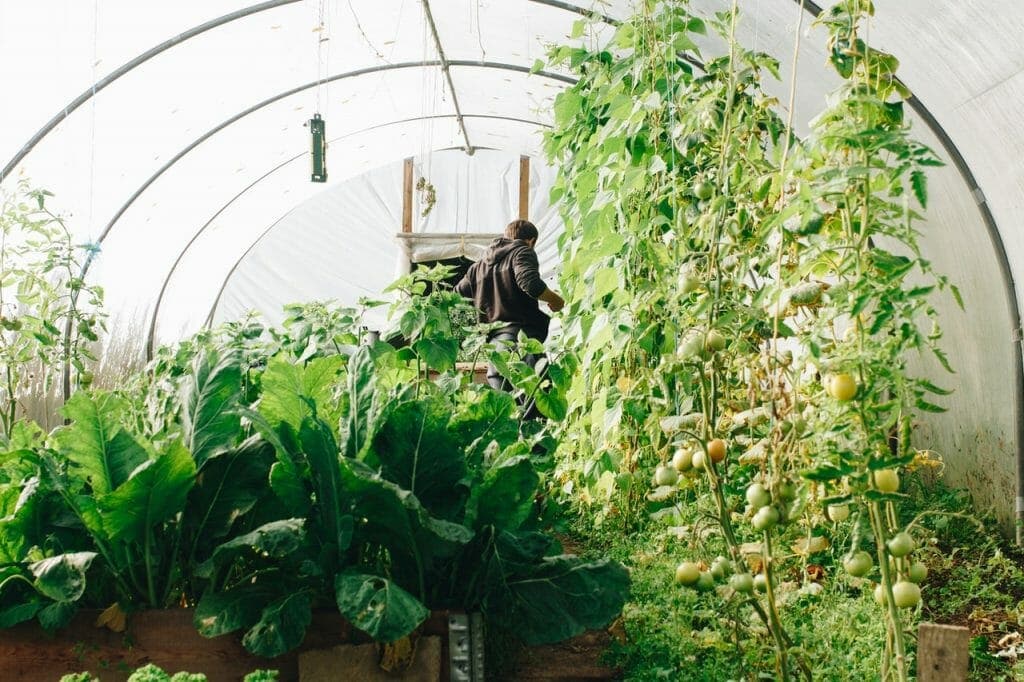Written by Magnolia Ricci and published on https://gardensimply.com/
Small spaces are the driving principle behind a new, chic way to garden. Micro-gardening means just what you think: growing small plants in small spaces. Raised beds, containers or even just a sunny corner of the backyard make perfect places to create your own industrious little Eden.
You can grow any type of vegetable in a micro-garden, but pocket-sized varieties allow for a broader selection and easier cultivation. Micro-greens like baby spinach, chard and lettuce are often micro-garden staples, so plan for these.
Micro-gardening is a self-serving practice of growing everyday food such as vegetables, fruits, roots-tubers, microgreens, and herbs within limited space. This could be your own balcony, a window sill, or even a space of few centimeters. It uses resources easily available at your home which not only makes this practice economical but also sustainable over the long term.
Micro Gardening
In this fast-paced world where even the smallest space is considered a luxury, you ask yourself– “What type plants are suitable for micro gardening?” Urban micro gardening is becoming a big thing in this modern society we live in since as the adage goes: good things come in small packages. However, before we dwell into the subject matter, what is micro gardening, and why are people so into it?
To summarize, micro gardening is the process of growing tiny vegetables and herbs in small containers, and these are mostly indoors. This is primarily done during winter or when the external conditions are not fit for gardening. With this method, you can grow your favorite vegetables and herbs indoors in a cost-effective way. That also means you get an unlimited supply of green, hearty food.
What is Micro Gardening?
When the weather is harsh outside, and you cannot do your usual gardening routines, micro gardening is the number one solution. These indoor plants do not require much space, plus you can just put them near your windowsill. That gives the new aesthetics to your home as well.
This indoor gardening strategy may be done in patios, small yards, balconies or rooftops. You can be creative as you want with the containers you use—could be trash cans, plastic buckets, old car tires, wooden crates, and the like. There is what people call small scale hydroponic systems. Other than that, aeroponics, or growing small plants in hanging containers, is also a micro gardening method. Aquaponics, on the other hand, is growing plants or fish in water directly.
What Type Plants are Suitable for Micro Gardening?
Not all plants are suitable indoors. For micro gardens, pocket-sized varieties allow for more natural cultivation and broader selection. Here are some of the plants you can grow indoors effortlessly.
Extra Dwarf Bok Choy
Bok Choy is a plant that is easy to maintain, carefree, and tasty. As early as thirty days, you can already get mature and crunchy miniature heads. Their two-inch white petioles and dark-green leaves are used in soups and stir-fries. This is one of the tastiest vegetables you can grow indoors. Plant this in your miniature garden in the early to mid-spring. You may also plant this during summer for a great fall harvest.
Round Romeo Baby Carrot
This plant looks almost precisely like ping pong balls. Baby carrots are as tasty and nutritious as their wider, full-sized variety. Also, these round carrots grow well in clay or rocky soils. The best thing about planting these circle-shaped veggies is that they do not require careful soil preparation. Just the right soil will already grow the perfect baby carrots you have always wanted.
The best time to plant this is between early spring and late summer. Sow the seeds around ¼ inch deep. If you are diligent and patient enough to sow the seeds every two weeks until summer, you will be harvesting until frost and probably beyond that.
Fino Verde Basil
Fino Verde Basil, a tiny Italian Basil, is a small and round bush that you can quickly grow indoors. It has thumbnail-sized leaves that taste sweet and spicy at the same time. Plant this indoors around four to six weeks before the last expected frost. You may also sow seeds directly in the container or your tiny garden after the harsh frost has stopped.
Upon maturity, this variety reaches around 18 inches high and flowers several weeks later than other basil varieties. This makes its scrumptious flavor last and lingers even longer. It is almost the same as different Basil varieties, but make them fun-size.
Jingle Bells Pepper
This pepper with a cute name is a hybrid kind with little green fruits that mature to a red and glossy bell peppers. Jingle Bells Pepper is every micro gardener’s favorite. Aside from its superb production, it also has a superior taste that makes it a topnotch choice for every indoor garden out there.
Miniature as it is, the pepper measures half an inch across, and the whole plant reaches only about 18 to 24 inches high. The best way to plant this is to start indoors under the lights. Do this for about ten weeks before you can plant this outside (probably in your balcony). Note that this pepper thrives more during the warm season, so you can put this outside when the inclement weather has already passed.
Fairy Tale Eggplant
This plant looks like it just comes out of a fairy tale; hence, the name. This gorgeous vegetable is oblong-shaped and has a soft lavender color with a hint of white. Fairy tale eggplants are short in stature since it can only reach up to 18 inches high. Its small fruits are also perfect for single-serving.
To grow these properly, start with the seeds indoors eight to ten weeks before your last frost date. Once you are done with that, set them into the containers or your garden once the weather becomes warmer.
Red Robin Tomato
This plant only reaches 18 inches high, which makes this an absolutely exquisite addition to your micro garden. Its one-inch fruits are also surprisingly sweet despite its adorable size. This is a versatile variety since you can grow this in containers, on the ground, or hanging baskets. You do not need to stake or prune them either.
All you have to do is plant them six weeks before your last frost date, and then you can already transplant them outdoors come mid to late spring.
Conclusion
What type plants are suitable for micro gardening? The plants above, as listed, are your best bets when it comes to indoor survival and adaptation. Also, they will provide the best harvest once they mature. You can conduct further research on the matter as other plants do not require the outdoors to survive. Get those green thumbs working and have a bountiful harvest.
Original post here https://gardensimply.com/what-type-plants-are-suitable-for-micro-gardening/.



